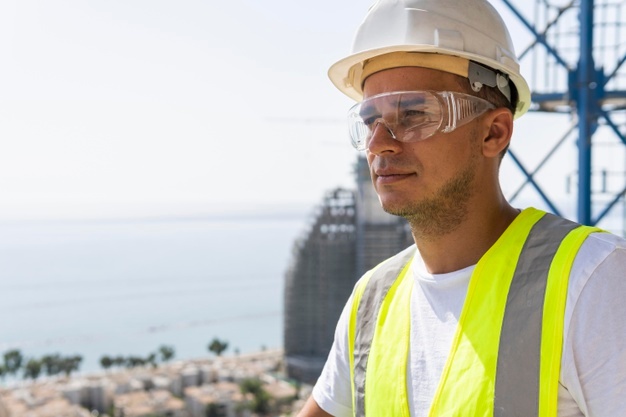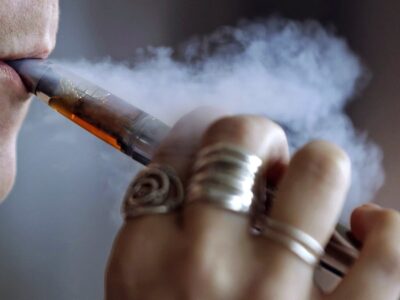The workplace injuries that costs employers the most money are those involving the head and nervous system. However, as much as such an injury may cost your employer, it is likely you are the one who pays the higher price. An injury to your head, including your eyes, can change your life forever by robbing you of independence and other blessings too precious for a price tag.
It may be surprising for you to learn that head and eye protective equipment are the very last resort in a workplace environment. Nevertheless, personal protection equipment is a requirement in many situations, and your employer should provide you with PPE that is adequate, appropriate and well-maintained.
PPE in the hierarchy of controls
The U.S. Occupational Safety and Health Administration establishes a protocol of best practices for protecting workers. If you are unaware of the term “hierarchy of controls,” you may want to meet with your employer to understand how it affects your line of work.
In most industries, the top of the hierarchy is to eliminate the risks involved in a task. For example, if you can replace a toxic chemical with an equally effective but less toxic substance, you have eliminated the hazard. If you cannot eliminate the hazard, your employer should investigate ways to engineer it out so you do not have to concern yourself with its danger. In other words, is there is a way to physically change the task, such as adding safeguards to a machine, so the hazard is not in your way?
The last step in the hierarchy
If PPE is the only alternative, you certainly want to be sure that the equipment you use will protect you from the hazard. It is not enough for your employer to hand you a hard hat and send you off to work. Each task may require specific equipment, and each type of equipment entails training for its proper use. Training involves how and when to wear it as well as how to maintain the equipment for optimal efficacy, for example:
- Keeping PPE from sunlight when not in use
- Cleaning PPE regularly
- Inspecting for cracks, wear and other damage
- Inspecting straps for wear or fraying
- Inspecting eye protection for cracks or damage
Worn or damaged head and eye protection may be worse than using no protection at all. If your equipment is old or shows signs of failure, your employer should immediately provide a replacement.
Accidents on the job can be devastating, life-changing and even life-ending. OSHA requires employers to take every precaution for the safety of their workers. If you have suffered an injury on the job, you may benefit from seeking the advice of a California legal professional.



